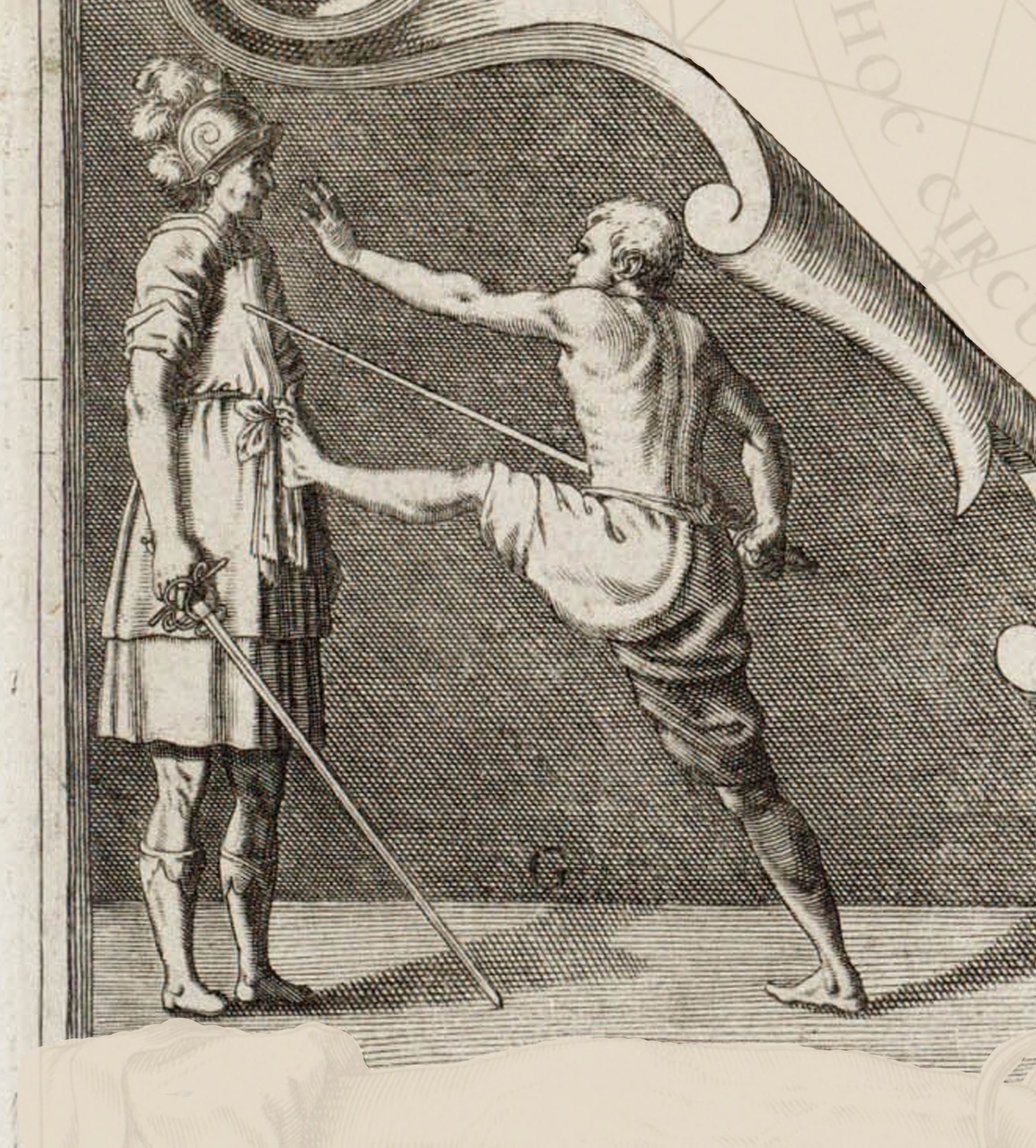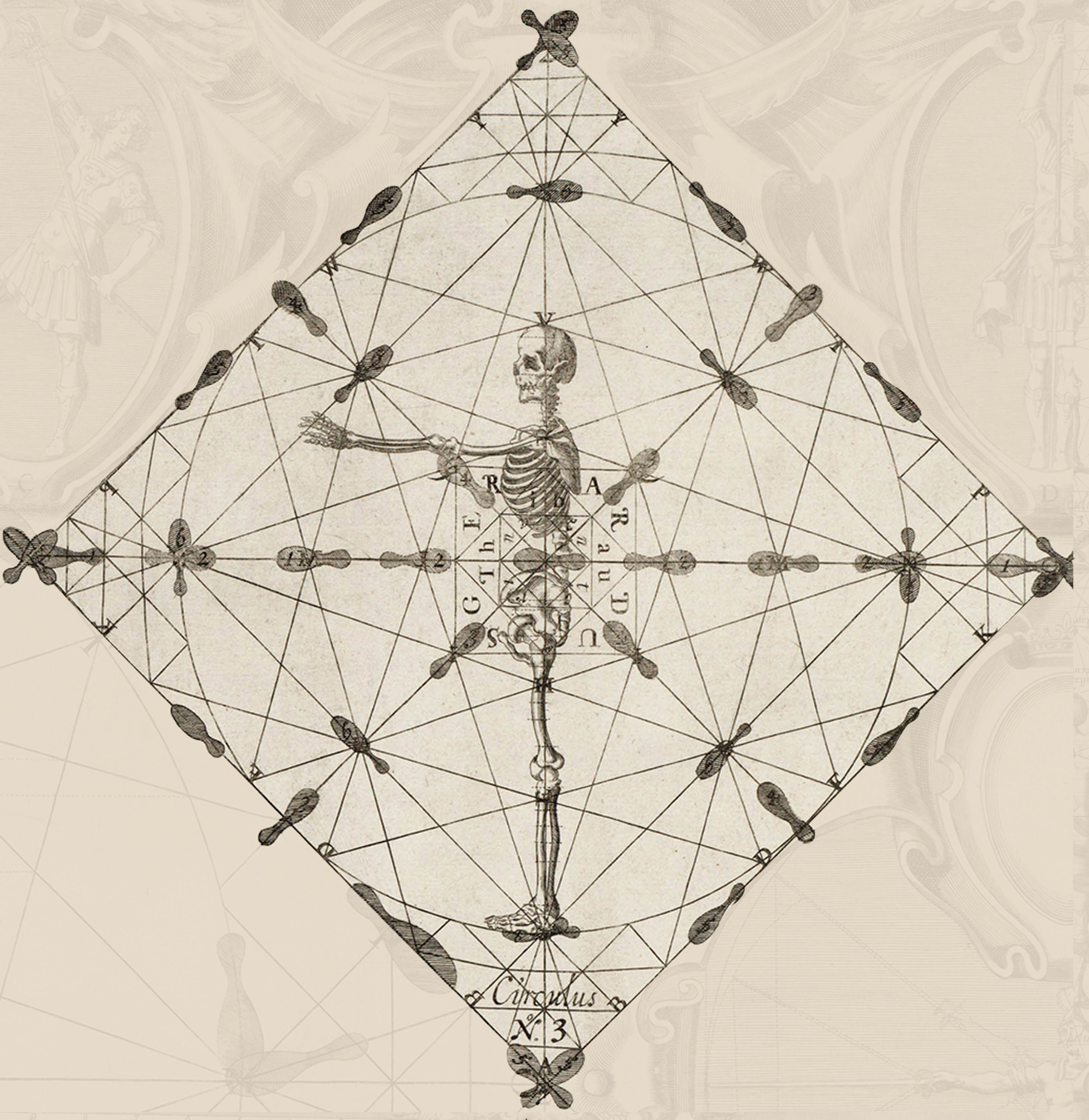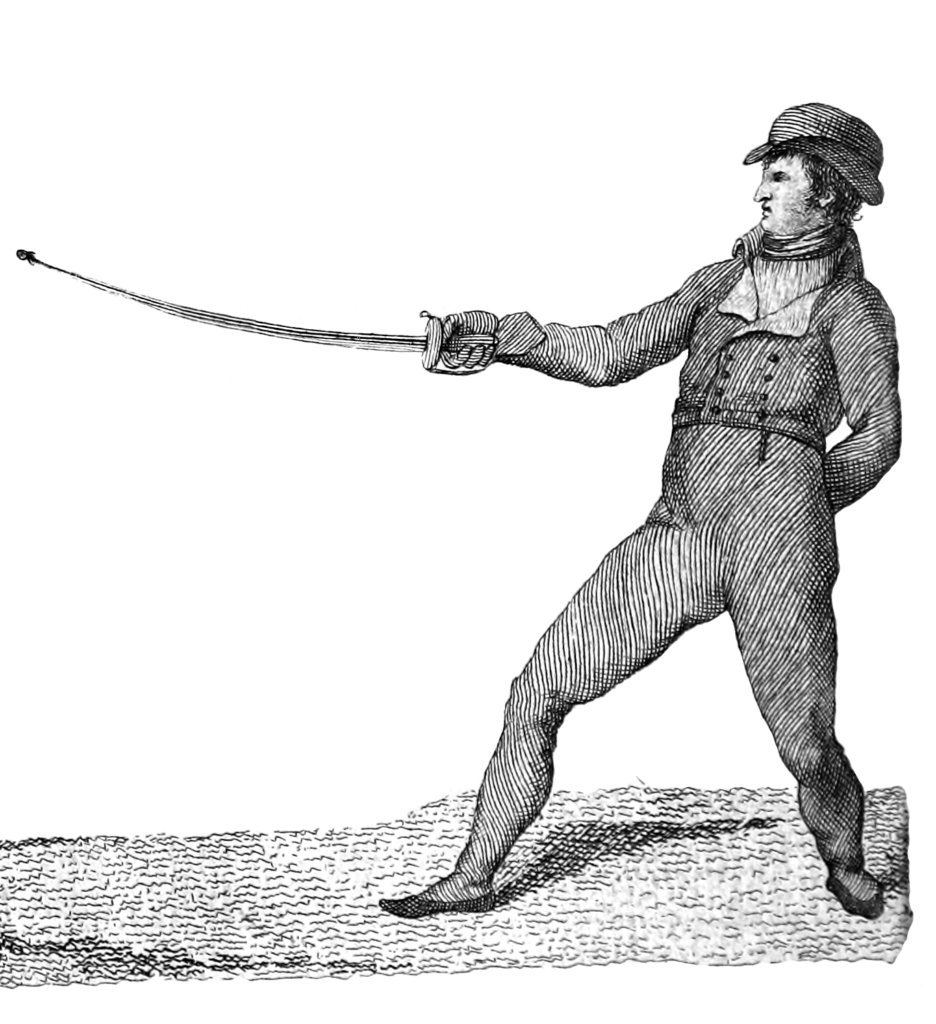This video presents a brief description and demonstration of a solo exercise that I like to use for calibrating offensive measure, training order of operations in extensions of the weapon, and improving balance and flexibility.
You will need a target and a clear approach space. The target can be a wall (as in this video), a pell, a hanging precision target (if you’re looking for more of a challenge), or even a willing partner. For measure calibration, I recommend practicing this exercise using a variety of different weapons of varying lengths. This will train you to factor the length of your weapon into your estimation of measure.
Begin by assuming your fencing stance and advancing to a position where you can strike your target by advancing your arm without shifting your shoulders or any other part of your body forward.
Using very small steps (about 1/2 of a foot length or less) move back from your target in increments, testing to find the minimum and maximum range where you can touch the target by extending only your hand and shoulders. You may need to draw your hips back slightly to counterbalance your torso as you extend your shoulders forward. For narrower profiles, you can extend the shoulders by lengthening the rearward flank of your torso while letting the forward side compress slightly. Use the method of extension that best suits the weapon and system you are training in.
Continue to move out to establish the minimum and maximum distances where you can touch the target by extension of the hand, shoulders, and hips.
Continue to move out establishing the minimum and maximum distances where you can touch the target by extension of the hand, shoulders, hips, and the lead foot. Keep in mind that the maximum distance that you CAN lunge is likely to be greater than the distance at which you SHOULD lunge.
You can also experiment with the distances for multiple foot actions, such as a half-pace gather followed by an advance (what Frias calls a Spanish step).
Not shown: reinforce your calibration by advancing to the distance for each degree of extension in turn and testing that the measure is correct.
If you are using a pell or a hanging ball target, you can also practice this exercise with cuts instead of thrusts.





















